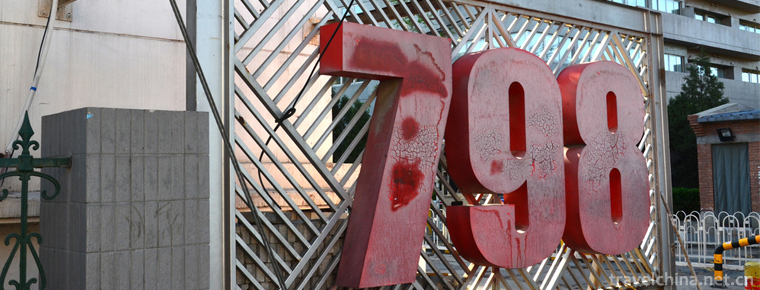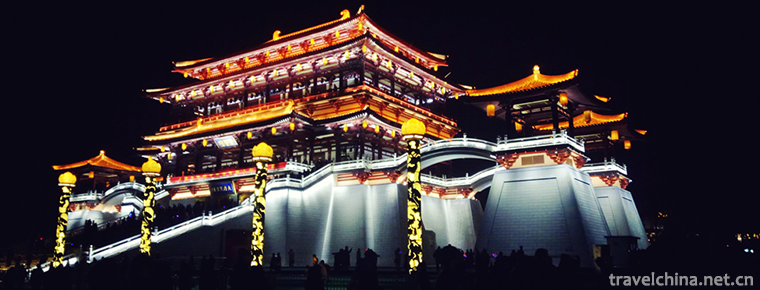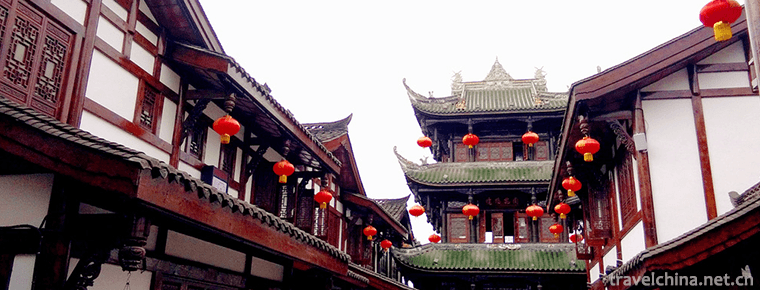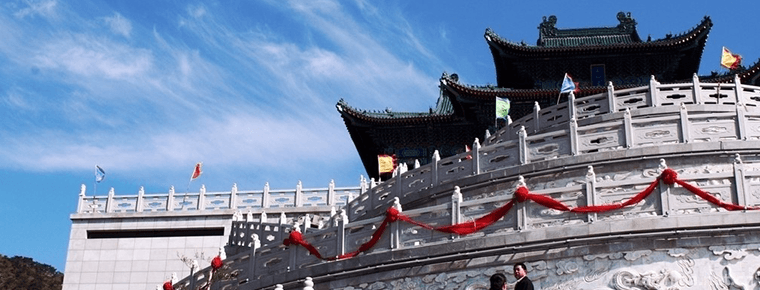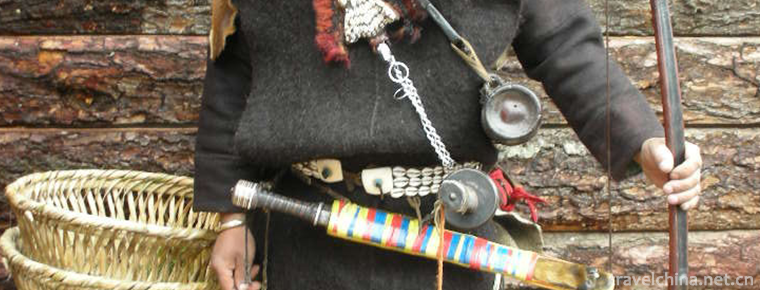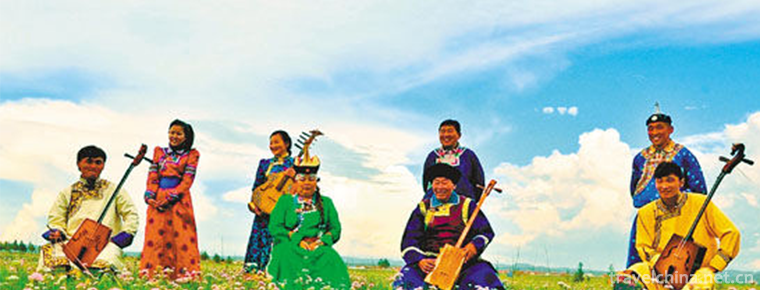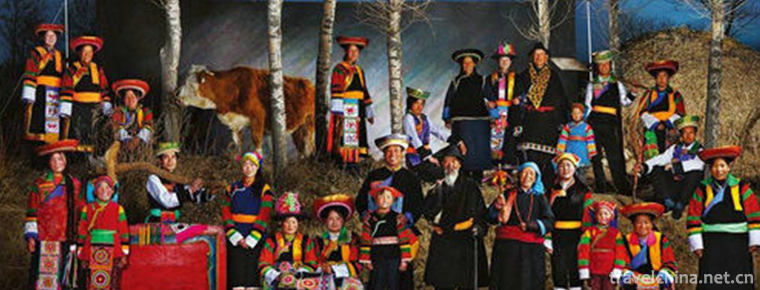Miao Sister Festival
Miao Sister Festival
Miao Sister Festival, also known as "Sister Rice Festival", is a traditional festival of Miao people in Laotun and Shidong areas of Taijiang County, Guizhou Province. It is held from March 15 to 17 of the lunar calendar every year. At that time, young Miao men and women will wear festival costumes and gather in Rongjiang, Yangjia and Bianzhai to celebrate this traditional festival with rich national characteristics. The time of Miao's Sister Festival in each branch of Taijiang County is different, mostly from January to May. The most representative and influential Sister Festival of Miao nationality in Taijiang is the Sister Festival in Shidong area.
On May 20, 2006, the Miao Sister Festival declared by Taijiang County, Guizhou Province, was approved by the State Council to be included in the first batch of national intangible cultural heritage list (category: folklore; number: _-22) .
Festival Meaning
Miao Sister Festival is called "Lunggaliang" in Miao dialect. It centers on young Miao women. It mainly includes inviting lovers to sing songs, eating sisters'meals, dancing Lushengmu encouragement, giving gifts and making engagements. It is known as "the Festival hidden in the stamens" and "the oldest Eastern Valentine's Day".
Festival Legend
The predecessor of Sister Festival is the "slope festival". The Miao Sister Festival has a wide scope, and hundreds of thousands of Miao people in hundreds of villages have different or simpler etiquette and customs, and have slightly different legends. There are four main legends about its origin.
Sister Festival Songs
The legend of Miao Sister Festival mainly comes from Sister Festival Song, which is more than 500 lines long. Legend has it that there are two aunt's children, the male is Jindan and the female is Ao. They are childhood green plums and bamboo horses. They have no guess. When they grow up, they have love with each other. Jindan must marry Ao. Ao must marry Jindan, but parents and clans oppose it. Ah'ao's parents wanted her to marry her uncle's family. She refused to marry her uncle, so she had to marry Jindan, and Jindan refused to marry anyone else, waiting for her. They date secretly every day for the sake of loyal love. Afraid that their parents and Zhai Lao would find out, they met in the wild to talk about love. Every time, Ah'ao used her bamboo basket filled with needles and threads to secretly hide rice and take it to Jindan. Year after year, after many hardships and tenacious struggles, they finally married. So there is the allusion of "sister meal", that is, the Miao language calls the food brought to the lover "Tibetan meal", and the Chinese translation is "sister".
Later, I don't know how many years later, it is said that there are 800 girls in Shidong District of Taijiang County who can't marry because they can't find a boyfriend, and 800 young men in Datang District of Sanc County who can't find a daughter-in-law and are single. The old people recalled the allusions of A'ao and Jindan's "sister meal". They taught girls to invite 800 young men from Sanc Datang to eat "sister meal" in the way of A'ao and Jindan. In this way, everyone has found their beloved, a pair of pairs, a pair of couples formed a family. Since then, eating "sister meals" has evolved into a festival featuring the selection of couples between young men and women.
Miao young men and women admire Ao and Jindan for their perseverance in love and follow their example to meet on the uphill slope. Sister's Day comes from this. According to the Ancient Miao Song, the area where Miao people lived together used to have Sister Festival. Nowadays, most areas have lost their heritage. Only Taijiang County retains this custom completely.
Seventy Sisters
Legend has it that there is a Miao stockade in Geyi area of Taijiang County. Every year, the men in the stockade go hunting far and far away and never come back for a long time. There are also many women and children and seventy beautiful sisters in the village. When women come back from work, they raise their children and live a life they will never finish. The sisters went up to the hill to pick fruit and work in the fields. The sisters at home also spin and weave brocades and pick flowers and prickles. The boxes they wove could not be filled. The colorful brocades they wove were more beautiful than the rosy clouds in the sky. The flowers they embroidered and the bees and butterflies flew to stay, but the seventy sisters always felt that they lacked something and could not be happy because they had arrived. It's the year of nutmeg.
So the sisters invited each other to open up their fields. They chose a place with abundant water resources and turned their minds to the aspect of land reclamation. They opened up a large field, which is better than the one over there. So they raised a lot of fish in the field. Spring came. They sowed glutinous rice seeds in the field. Autumn came. The glutinous rice they laid was filled with warehouses and warehouses, and produced jars and jars of glutinous rice wine. There are food, drink and clothing, but the sisters always feel that there is something missing, and there are few songs and laughter.
The old people saw their sisters'minds and came up with a good way to suggest that they keep the glutinous rice and wine they could not finish eating. When spring blossoms come, they will make glutinous rice from fine rice, and then go to the fields to catch fish, shrimp, shells and snails for a feast to greet the young men from afar to eat, drink and dance, and make friends and choose their spouses. In the following year, some sisters did marry happily by choosing the right couple. Later, sisterly meals formed a special festival.
Migration theory
It is said that the Miao people used to live in the far east. Later, owing to the increase of population, difficulties in living and disasters and wars, they were forced to migrate to the West constantly. Whenever they lived in a place for a period of time, some sisters would marry out, and those who migrated again would not be able to return home. They decided to catch fish and shrimp in the fields during the spring season, invite their married sisters to come back and meet their unmarried sisters, eat a meal of sisters'meals and say goodbye, so that they became accustomed to the annual sisters' festival. The saying goes: having a meal of sisters'meals, but yearly love.
Shidongkou
Legend has it that Shidongkou was originally a sister world. At that time, it was still an untouched primeval forest. Dozens of beautiful Miao girls took the lead to come here, logging, cultivation and sowing, won the first golden autumn. The next year, in the spring breeze and all sentimental seasons, the girls also felt the thirst for love, and they sent invitations to the descendants of the neighboring eight villages. Later generations are all amazed at the news and come in succession. Thus, every year on March 15, "Sister's Day" has been handed down to the present day.
Inheritance value
Miao Sister Festival truly shows the customs of women in charge of political, economic and cultural power, governing all social affairs, and the love life of men and women in the process of human society changing from matriarchal clan to patriarchal clan. Here, the ancient Miao people's singing and Dancing Costume art, drastic and frightening dragon and bullfight entertainment, quiet and warm farm life and the pursuit of returning to nature of modern tourism activities intertwined interaction, is a great wonder of the evolution process of human ecology. Sister Festival is also a stage for people to visit relatives and friends, cultural entertainment and social exchanges in the community. It is a bond for people to rally and strengthen unity within the nation.
The State attaches great importance to the protection of intangible cultural heritage. On May 20, 2006, the folklore was approved by the State Council and listed in the first batch of national intangible cultural heritage lists.
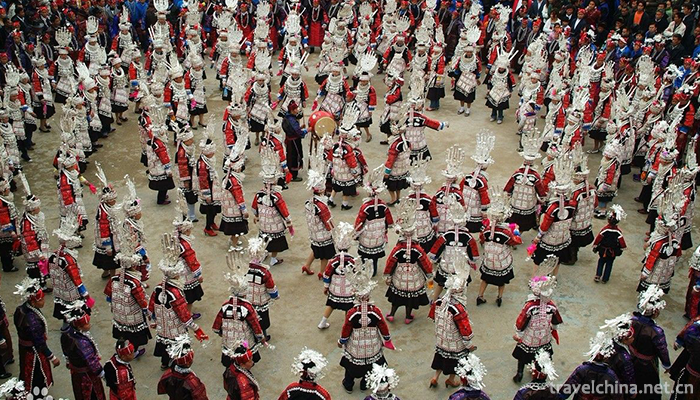
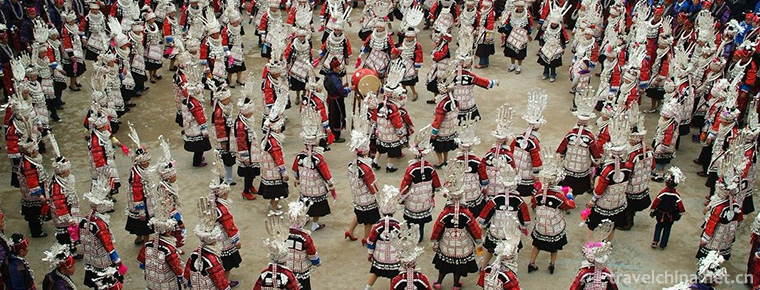
Miao Sister Festival
-
798 Art Area
Da Shan Zi area, Jiuxianqiao street, Chaoyang District, Beijing, China
Views: 892 Time 2018-10-12 -
Dayan Pagoda Datang Furong Garden Scenic Area
The Furong Garden of the Tang Dynasty is located in Qujiang Development Zone in the south of Xi'an City, Shaanxi Province, on the southeast side of the Big Wild Goose Pagoda.
Views: 186 Time 2018-12-12 -
The AncientCity of Lang Zhong
Langzhong Ancient City is a national AAAAA-level tourist attraction, a thousand-year-old county, the hometown of Chinese Spring Festival culture, one of the four ancient cities in China.
Views: 209 Time 2018-12-12 -
Xianguding Scenic Spot
Xianguding, located in the south of Huancui District, Weihai City, is only five kilometers away from the city centre. It is the highest peak in the Northwest Mountain of Wangdao, with an elevation of
Views: 142 Time 2018-12-22 -
88 Floor Sightseeing Hall of Jinmao Building
Jinmao Tower's 88th floor sightseeing hall, located in Shanghai, China, has a height of 340.1 meters and an area of 1520 square meters. It is the largest sightseeing hall in China at present. It is th
Views: 1633 Time 2019-01-26 -
Jingtai Yellow River Stone Forest
The Yellow River Stone Forest is located in the southeast of Jingtai County, Baiyin City, adjacent to Longwan Village, Zhongquan Township. It covers an area of about 10 square kilometers
Views: 268 Time 2019-01-29 -
Jingdezhen Handmade Porcelain Craft
Jingdezhen Handmade Porcelain Craft, the traditional handmade Porcelain Craft in Jingdezhen City, Jiangxi Province, is one of the national intangible cultural heritage.
Views: 145 Time 2019-05-08 -
Loba Costume
Clothing custom is an important manifestation of human material and spiritual cultural life, with a long history. The Loba people live in dozens of rivers and valleys in the vast Loba area, which are
Views: 535 Time 2019-05-15 -
Mongolian Folk Songs
Mongolian folk songs are mainly divided into two categories: ritual songs and pastoral songs. Mongolian folk songs are famous for their magnificent voices and melodious tunes.
Views: 110 Time 2019-06-04 -
Qijia Yanxi
"Qijia Yanxi" is a long narrative poem in Tu folk literature. It records the eleventh generation of Qi Tusi Chief Qi Yanxi in the history of Tu people, despite his old age and physical decli
Views: 202 Time 2019-06-10 -
University Of Science and Technology Beijing
Beijing University of Science and Technology was established in 1952 by the Department of Mining and Metallurgy of 6 famous universities in China, such as Tianjin University (formerly Beiyang Universi
Views: 191 Time 2019-09-06 -
Shougang Institute of Technology
Shougang Institute of Technology ( Shougang Institute of Technology ), located in Beijing City Shijingshan District It is an engineering college founded mainly by the Ministry of education, mainly bas
Views: 215 Time 2019-11-27
